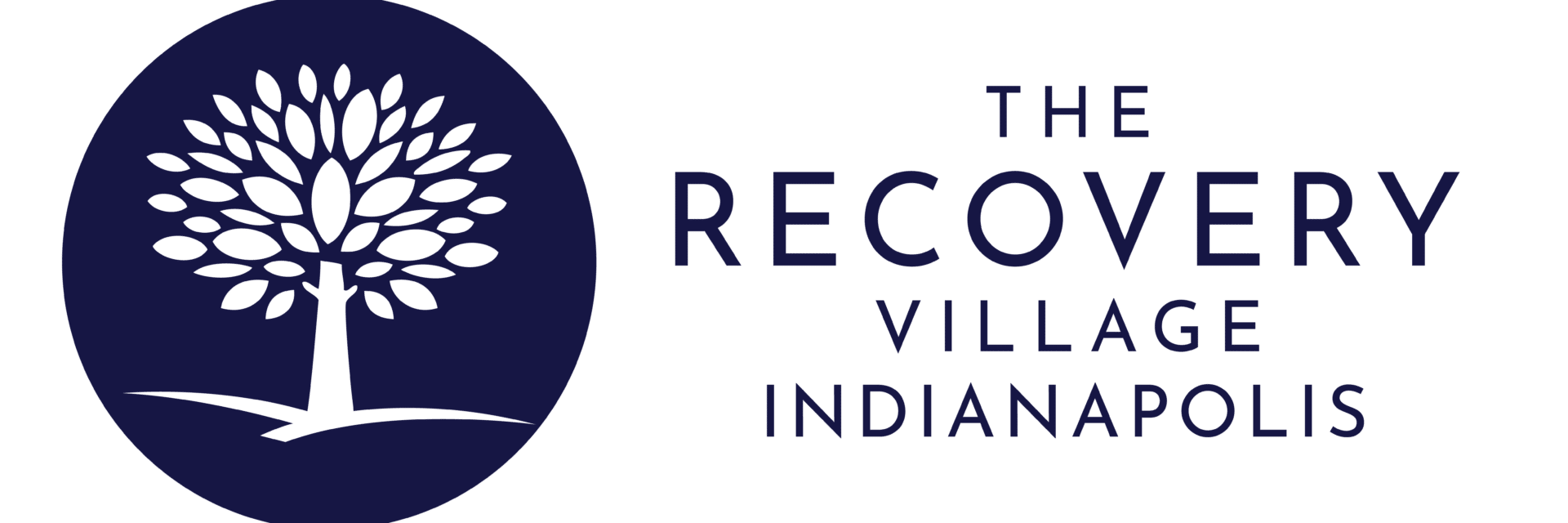Alcohol misuse can lead to significant problems in a workplace setting. When people discuss the hazards of alcoholism on the job, they are referring to employees who show signs of an alcohol use disorder (AUD), the clinical term for alcohol addiction.
When someone has an AUD, changes in the brain make it challenging to limit alcohol intake. As a result, they may continue to drink even if it disrupts their work performance and daily functioning.
Though alcohol misuse at work can have damaging impacts, solutions exist. With proper treatment, individuals with an AUD can recover and return to contributing as healthy, productive employees.
What Are the Signs of Alcoholism in the Workplace
Recognizing warning signs that an employee is struggling with alcohol addiction is critical, as early action can prevent long-lasting damage. Indicators of workplace alcohol misuse may include:
This Season, Give Yourself the Gift of a Fresh Start.
Whether you are struggling with addiction, mental health or both, our expert team is here to guide you every step of the way. Don’t wait— reach out today to take the first step toward taking control of your life.
- Excessive use of sick leave
- New patterns of tardiness or unapproved absences
- Frequent “emergencies” that necessitate missing work
- Regular absences on predictable days (e.g., Mondays or Fridays)
- Increased conflict with colleagues
- Hostile or aggressive behavior
- Missed deadlines
- Failure to meet quality or productivity standards
- Sleeping on the job
- Noticeable smell of alcohol
- Signs of withdrawal, such as tremors, during working hours
- In severe cases, apparent intoxication (e.g., stumbling or bloodshot eyes)
What Are the Consequences of Alcoholism at Work?
When employees misuse alcohol, both they and their employers face substantial negative consequences. Individuals struggling with alcohol are at increased risk of accidents, injuries, risky behaviors and even alcohol poisoning in the short term. Over time, they may develop serious health issues, such as:
- Heart disease
- Stroke
- Various cancers
- Depression
- Dementia
- Liver disease
- Weakened immunity
Employers also incur considerable costs. Research shows:
- Employees who misuse alcohol experience more on-the-job injuries.
- Absenteeism can be up to four to eight times higher in employees addicted to alcohol.
- Some studies indicate employees who misuse alcohol lose about five working days of productivity annually.
- Employees with alcohol problems are more prone to both health complications and disciplinary matters.
Consequences on the Organization and Their Bottom Line
The repercussions of alcohol misuse in the workplace inevitably affect a company’s financial health. Employers may see heightened healthcare expenses for staff experiencing alcohol-related conditions. In addition, lost work time and declined productivity come with a substantial price.
The total cost of workplace alcohol misuse is estimated between $33 billion and $68 billion per year, arising from a combination of lost productivity, healthcare costs and related factors.
Can Employees Be Fired for Their Alcohol Addiction?
Alcohol addiction is recognized as a disability under the Americans with Disabilities Act (ADA). This designation means that employers are generally required to provide reasonable accommodations to support the employee, such as flexible work schedules or access to rehabilitation programs.
However, these protections are not absolute. If an employee’s alcohol addiction directly impairs their job performance or poses safety risks that cannot be mitigated through reasonable accommodations, employers may have grounds for termination. For instance, roles that involve operating heavy machinery, driving, or handling sensitive information may have stricter standards due to the potential consequences of impaired performance.
The ability to terminate employment may also depend on whether the employee has sought help and is actively participating in treatment. Employers are encouraged to engage in an interactive process with the employee to explore possible solutions before considering termination.
It’s essential for both employers and employees to understand their rights and responsibilities. Employers should develop clear policies that comply with relevant laws and promote a supportive work environment, while employees should seek assistance if they are struggling with alcohol addiction. Consulting with legal professionals or human resources experts can provide guidance tailored to specific situations and jurisdictions.
Tips for Helping Employees Who Are Struggling With an Alcohol Use Disorder
Given the frequency of alcohol misuse at work, employers should have a strategy to address it. Effective approaches include:
- Using Employee Assistance Programs (EAPs): EAPs provide resources and support for personal challenges, including substance misuse. They may offer short-term counseling or referrals for alcohol addiction treatment.
- Providing Information About Treatment Resources: Employers should ensure that workers know how to access community resources, such as counseling services, support groups or rehab centers. HR departments can keep such information readily available in public areas.
- Encouraging Employees To Seek Help: Companies should urge employees grappling with alcohol addiction to pursue professional help. Supporting employees who get treatment can financially benefit employers. Research indicates that healthcare costs decrease by about $536 per year post-treatment, and reduced turnover can save over $4,000 annually. On average, employers can save $3,200 per recovering employee each year.
- Establishing Clear Substance Misuse Policies: It’s essential to have explicit guidelines on drugs and alcohol in the workplace. These policies might include offering employees a second chance if they seek help, requiring treatment completion proof and having a return-to-work agreement that mandates staying substance-free.
Statistics on Alcoholism in Full-Time Workers
Recent research has revealed that 9.3% of full-time employees aged 18 and older met the criteria for an alcohol use disorder. Most had a mild AUD, with just 1.2% of full-time workers meeting the criteria for a severe AUD.
Earlier research highlighted which job fields report the highest levels of heavy drinking:
- Mining (17.5% of workers report heavy monthly alcohol use)
- Construction (16.5%)
- Food services and accommodations (11.8%)
- Arts and entertainment (11.5%)
- Utilities (10.3%)
- Wholesale trade (10.2%)
- Management (9.9%)
- Manufacturing (9.7%)
- Agricultural trades (9.4%)
- Retail (9.0%)
- Transportation/warehousing (8.8%)
- Real estate (8.5%)
- Information services (8.1%)
Industries with particularly low heavy drinking rates include education, with 4.7% of full-time workers reporting recent heavy alcohol use, and healthcare/social services, at just 4.4%.
Regardless of the sector, workplace alcohol misuse can seriously affect an organization. For example, employees without an AUD miss an average of 13 workdays annually, while those with a mild AUD miss 17.7 days, those with a moderate AUD miss 23.6 days and those with a severe AUD miss 32.3 days.
These elevated absenteeism rates and related health issues stemming from alcohol misuse translate into economic repercussions for workplaces due to diminished productivity and increased insurance costs.
Industries With the Highest Risk of Developing an Alcohol Addiction
Certain industries face a higher prevalence of alcohol misuse among employees. Heavy drinking rates are greatest in sectors such as:
- Service-oriented jobs, including retail, hospitality and food service
- Those involving physically demanding tasks, like mining, manufacturing and construction
- Business management fields
- The entertainment industry
- Blue-collar trades like warehousing and utilities
- The real estate sector
What Are the Causes of Alcoholism in the Workplace?
A variety of factors may cause employees to misuse alcohol. Negative work conditions can be linked to heavy drinking both during and after work hours. Unhealthy workplace environments and dissatisfaction with one’s job can raise the risk of employees turning to alcohol.
Sometimes, workplace factors are not the root cause. Conditions like mental health disorders, a history of trauma, genetic predispositions and family patterns of addiction can contribute to alcohol misuse, regardless of the individual’s job circumstances.
Treatment Options for Alcohol Addiction
Employees with an alcohol use disorder should receive professional assistance. Treatment often starts with medical detox to manage withdrawal safely, followed by an ongoing recovery program.
Alcohol rehab can occur in an inpatient setting, where patients live at a treatment center, or on an outpatient basis, where they reside at home and attend sessions at a medical facility. In both cases, patients receive medical supervision, along with individual and group therapy.
Once a formal treatment program ends, aftercare is crucial. Employees should remain involved in their recovery community, whether by attending support groups or continuing therapy sessions.
If you or a colleague is struggling with alcohol misuse, reaching out to The Recovery Village Indianapolis can be a vital step. Our experts understand the complexities of alcohol addiction and can guide you toward a path of healing, allowing you or your loved one to reclaim health, productivity and well-being in the workplace.


